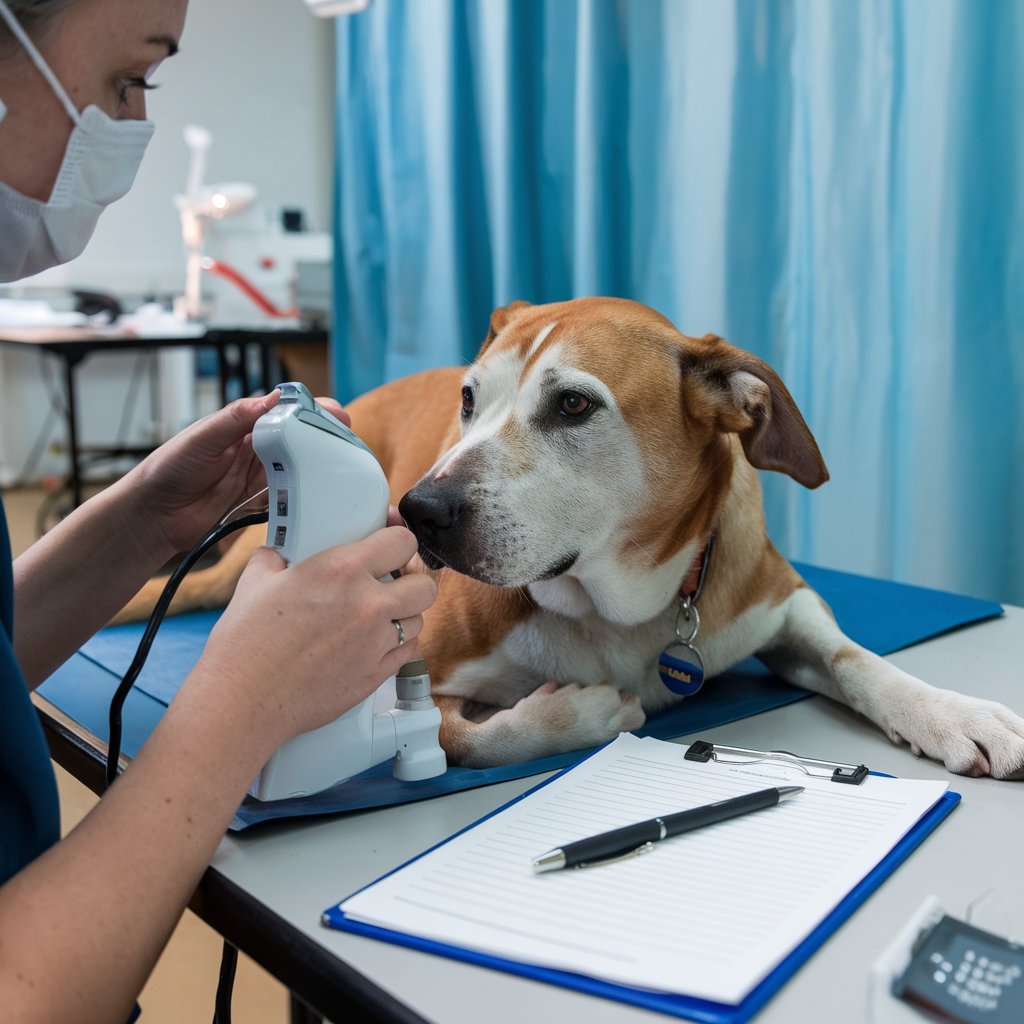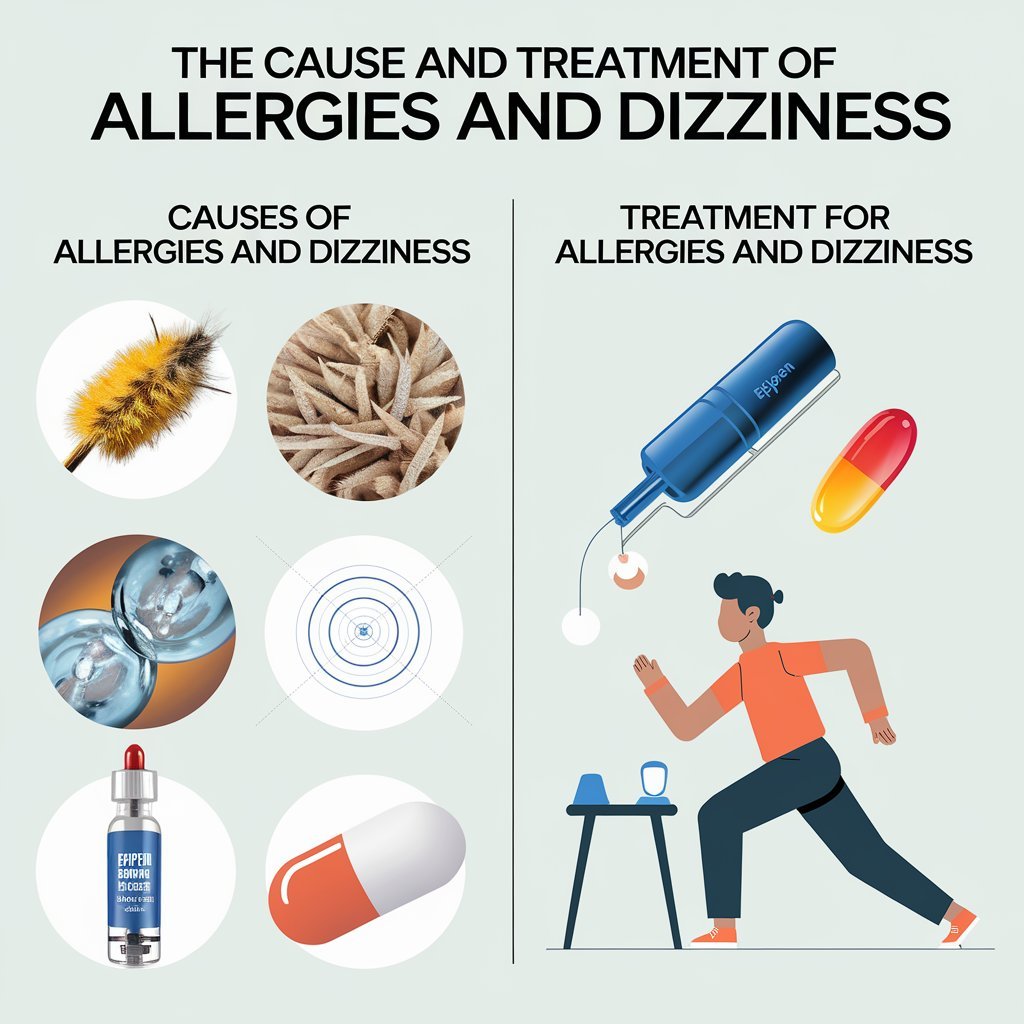A peanut allergy is an extreme reaction of the immune system against peanuts. Your immune system incorrectly perceives the proteins in peanuts as dangerous and launches an allergic response.
Statistics show that approximately 6.1 million Americans have peanut allergies. Peanut allergy is ranked as the third most common food allergy. However, nearly 20% of individuals stop being allergic to peanuts over time.

Some of the symptoms that can be moderate include itching, while the more severe symptoms are dizziness and fainting. Symptoms of a peanut allergy can appear depending on the level of the allergy when you ingest peanuts, inhale dust, or touch your skin with peanuts.
Symptoms
Peanut allergies may develop in individuals as early as four months of age. They usually start before the age of two. The symptoms vary from mild to severe. The symptoms can develop from a few minutes to hours after the exposure to peanuts.
You might not develop the same symptoms each time, and the symptoms may become more severe with time. The nervous system may also be affected when the symptoms develop over time.
Mild Symptoms
Common mild and early signs of a peanut allergy include the following:
- Stomach upset or cramps
- Itchy skin or mouth
- Red, raised, itchy welts referred to as hives
- Redness
- Swelling
- Aggravation of eczema, a chronic inflammatory skin disease that often co-exists with allergies
Moderate Symptoms
Moderate symptoms occur in your skin, as well as gastrointestinal (stomach and intestinal) functioning. Moderate symptoms that have progressed for weeks should be treated by a doctor
- Coughing
- Increased nausea and vomiting
- Diarrhea
- More hives or swelling
- Mild feeling of tightness in the chest or wheezing
- Severe skin rash
- Lips and tongue swell
- Tingling in the mouth and throat
Life-Threatening Symptoms
Anaphylaxis is a more dangerous and potentially life-threatening type of allergic reaction that can occur due to a peanut allergy. If you are feeling moderate symptoms, getting immediate treatment will cause your allergic reaction not to develop into anaphylaxis.

The anaphylactic shock can lead to a cardiac arrest, in which your heart stops pumping blood throughout the rest of the body. More dangerous anaphylaxis requires overnight medical care.
- Difficulty breathing or shortness of breath
- A drop in blood pressure causing dizziness or fainting
- Swelling of the tongue or throat that obstructs breathing
- Hoarseness in your voice
- Dizziness
- Lightheadedness
- Severe nausea or vomiting
- Stridor (high-pitched breathing noise from the upper airway)
- Rapid pulse or weak pulse
- Loss of consciousness
Causes
Your immune system safeguards you by making it harder for dangerous substances to invade your body. Peanut allergy is a situation in which your immune system mistakes the proteins found in peanuts as being dangerous. It activates symptoms like mouth and throat tingle.
If you are allergic to peanuts, your immune system produces IgE when your body comes in contact with peanuts. IgE are antibodies that trigger the release of chemicals such as histamine, which send signals to your immune system to react.
Risk Factors
Scientists are unsure why some children develop a peanut allergy, and others do not. Genetic makeup may be related to the fact that you are prone to getting a peanut allergy. You may inherit a peanut allergy from a parent.
Other studies have correlated atopic diseases (eczema, asthma, allergic rhinitis, etc.) with peanut allergies. An atopic disease is an inherited tendency to overreact to allergens.
An imbalance of the microbiome, or good bacteria, can also increase the risk of developing a peanut allergy. If you are allergic to other foods, then perhaps you may want to have some testing done for a peanut allergy as well.
How Are Peanut Allergies Diagnosed?
Your doctor will determine whether you have an allergy by carefully reviewing your medical history, symptoms, and the severity of your allergic reactions. Before conducting any tests, they will ask if your parents or a sibling has a peanut allergy.

Skin prick test: The physician injects some peanut extract in your skin using a needle or plastic applicator. When you are allergic to peanuts, a raised, itchy bump will form at the point on your skin where the extract is dropped within 15-20 minutes.
Blood test: A blood test can measure specific antibodies, such as immunoglobulin E (IgE), that contribute to allergic reactions.
Oral food challenge (OFC): The OFC includes consuming gradually increased quantities of peanut protein in a controlled medical setting.
Treatment
Treatment of a peanut allergy involves relieving any symptoms of an allergic reaction and avoiding products containing peanuts. It is necessary to read the labels of foods very carefully and know when foods are cooked in peanut oil or other peanut-based products.
- Antihistamines: Relieve mild allergy symptoms by blocking histamine, which causes itching and hives
- Corticosteroids: Reduce inflammation, itching, and hives by suppressing your immune system’s response
- Bronchodilators: Dilation of airway muscles to make it easier to breathe. Wheezing and chest tightness are also greatly relieved.
- Xolair (omalizumab): An injection that reduces the severity of symptoms after exposure
Other forms of immunotherapy have been approved by the U.S. Food and Drug Administration (FDA) to diminish symptoms in children who suffer from peanut allergies.
Your healthcare provider may also advise carrying an EpiPen, or epinephrine. An EpiPen is a medication you inject into your thigh to help control an allergic reaction until you seek further emergency treatment.
Prevention
Research finds that a new approach is introducing peanuts between four to six months of age. This may be risky to some high-risk infants. Scientists discover that babies exposed earlier to peanuts and peanut snacks have higher tolerance levels for peanuts.
Some research has shown that those who have consumed allergenic foods as a condition in breastfeeding may prevent allergies. More research should then be accomplished to know if this works
Related Conditions
Peanut allergies are often accompanied by other health conditions that also affect your immune system.
Children who develop a peanut allergy are also 27% more likely to develop a tree nut allergy by age 6. Tree nuts include almonds, cashews, peanuts, and more.
The most common food allergies are cow’s milk, eggs, and peanuts. It is estimated that 40% of children with food allergies are allergic to more than one food. Food allergies also predispose you to the development of atopic health conditions such as eczema, asthma, and allergic rhinitis (seasonal allergies).
Living With Peanut Allergies
Sometimes, it is challenging to live with a peanut allergy. When you go to restaurants, it is advisable to inform the restaurant of your allergy to avoid an unexpected allergic reaction. Always check the food labels to ensure they do not contain peanuts.
Carry an EpiPen and instruct your friends and family members on how to administer it. That may bring you relief if accidentally exposed. If you think you may have a peanut allergy or intolerance, get checked out by your healthcare provider with an allergy test.




